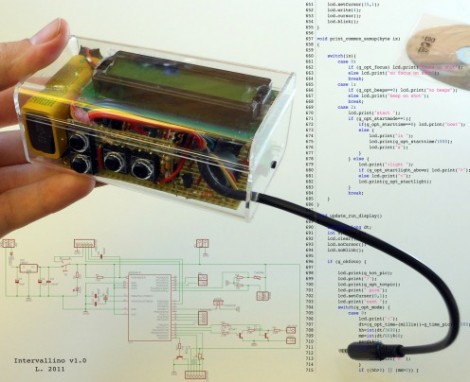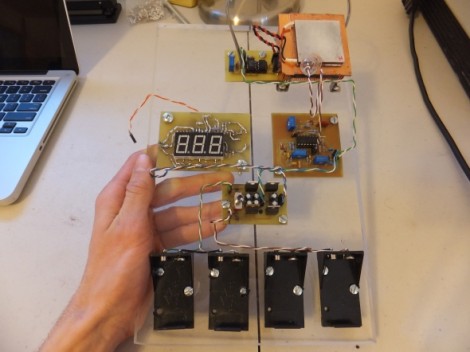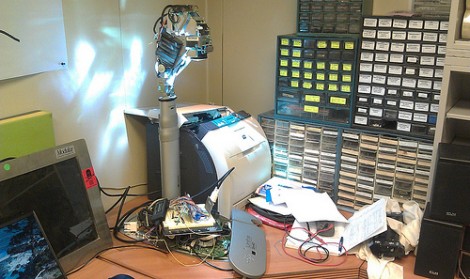
The folks at MakerBot Industries are introducing their new 3D printer at CES this week. It’s called the MakerBot Replicator and features dual heads for 2-color prints and a huge build envelope for huge objects
From [Bre Pettis]’ introduction video (available after the break), the build area is about 9x6x6 inches, compared to the about four-inch cube-sized volume for the MakerBot Cupcake and Thing-O-Matic. The Replicator also features optional dual Makerbot Mk. 8 extruders for two-colored printing. We’ve seen valiant attempts at printing multicolored objects with one extruder, and if you’d ever want to print with two filaments dual extruders are the way to go.
The replicator also features a nice control panel (which includes a Snake game), something that’s relatively rare on the 3D printers we’ve seen. The single extruder model will set you back $1750, while the dual extruder adds another $250 to the price. We really want one of these, but don’t take our word – check out [Bre]’s intro.
Continue reading “Print Huge Stuff With The Makerbot Replicator”
















